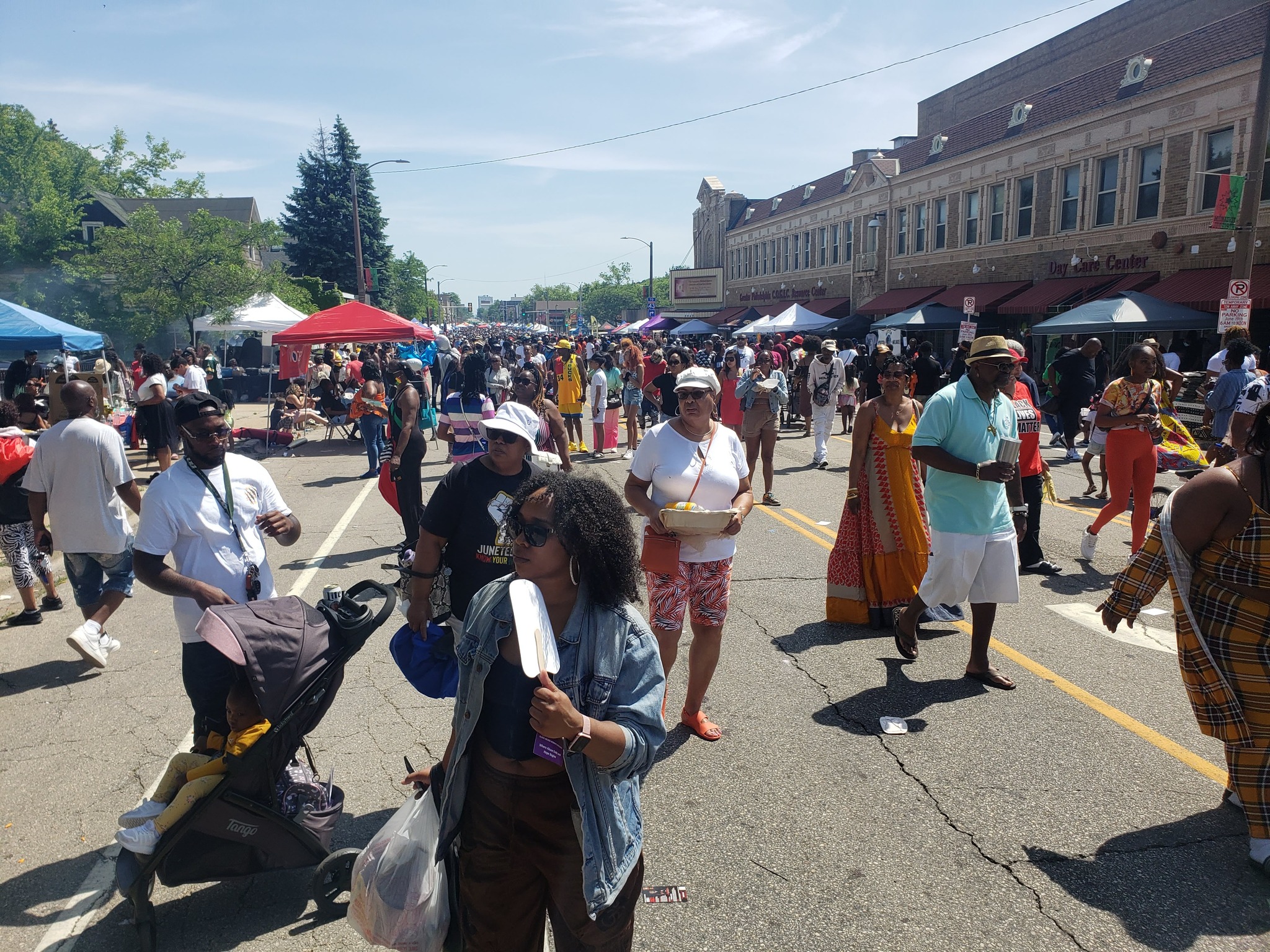In Milwaukee, Wisconsin, harm reduction advocates are teaming up to hand out free life-saving supplies at the city’s Juneteenth parade. The action reflects soaring fatal overdose rates among the city’s Black residents in recent years.
As the public health organization Vital Strategies notes, opioid-involved overdose deaths rose by over 900 percent in Wisconsin between 1999-2020. The Black community has suffered the biggest increase. By 2021, a Black Wisconsin resident was twice as likely to die of overdose as the average person in the United States.
Vital Strategies is working in partnership with Milwaukee harm reduction provider Samad’s House and legal provider Clean Slate Milwaukee, together with the city’s Office of African American Affairs. The initiative will train members of the public attending the June 19 event on how to use the opioid-overdose reversal medication naloxone (Narcan), and give them a free kit.
It will also teach people about fentanyl test strips, simple tools that indicate whether the synthetic opioid is present in a drug sample. And advocates will inform people about how to access substance use disorder treatment and other resources.
Vital Strategies and Samad’s House have already worked together twice in past year, running a harm reduction “drive through” event, and installing free naloxone boxes at gas stations and restaurants on Milwaukee’s historically Black North Side.
“We want you to be healthy and live another day.”
Samad’s House hosts sober living facilities for women, and also conducts a harm reduction outreach service. Tahira Malik, its founder, told Filter that while her organization embraces recovery, that isn’t the answer for where everyone is in their lives.
“So we want you to be healthy and live another day,” she said. “We do that by training on Narcan and fentanyl test strips and providing much-needed resources in the community. We provide numbers for mental health or trauma, clothing, and where you can get a hot meal.”
One challenge for Malik and her colleagues, she said, is communicating risks to fellow members of Black communities.
“When we’re talking about African American males over the age of 60, they don’t necessarily think they need Narcan or fentanyl test strips,” she said. “A lot of times what we hear is, ‘We don’t use those drugs, we’re not on opioids.’ A lot of times their drug choice is cocaine or crack.”
“That gives us an opportunity to say: Hey, wait a minute, fentanyl is the number one killer for all substances because they’re being combined in other drugs. So although you might not use an opiate or heroin, you are mixing cocaine and crack with fentanyl, and your body is not used to that drug.”
These efforts must contend with unique challenges faced by Black Milwaukee residents, historically and today. For much of the 20th century, Black residents arriving during the Great Migration were subjected to racist housing policies, like covenants literally banning them from living in certain homes in certain areas, and “redlining” that restricted Black home ownership. Today, the city remains one of the most segregated in the US. Black Milwaukee residents have the highest poverty rate of any US city. And amid high homicide rates in recent years, young Black men are the demographic most likely to be victims of gun violence.
“The communities we go into are quite receptive. At least 80 percent of our population have either experienced a drug overdose theirself, or witnessed someone overdosing.”
Malik said it’s important to understand why people use drugs, and how lost jobs and homes, depression and other mental health conditions may all affect their choices. Despite everything, she has seen promising responses to her work in Milwaukee’s hardest-hit neighborhoods.
“The communities we go into are quite receptive,” she said. “At least 80 percent of our population have either experienced a drug overdose theirself, or witnessed someone overdosing. With that awareness, we’re able to talk and have a conversation about how to prevent that, even just having Narcan on hand.”
Of the estimated 1,754 deaths statewide in 2021, over 81 percent involved fentanyl. That year, one out of every three overdose deaths in Wisconsin happened in Milwaukee County. The county lost 200 lives to overdose just between January and May this year.
The state’s large rural areas are being hit hard, too—a challenge to which harm reductionists are also responding. As Filter previously reported, Vital Strategies has been working with the Bad River Band of Lake Superior Chippewa in northern Wisconsin to launch a statewide, free naloxone mailing service, anticipated to particularly benefit rural and Indigenous communities.
While Wisconsin is not known as a state with particularly progressive drug laws, there have been some positive recent steps. In March 2022, Governor Tony Evers (D) approved a law decriminalizing fentanyl test strips, which were previously banned as drug “paraphernalia.” Milwaukee County immediately handed out 1,600 strips to outreach workers to distribute in communities. And Evers’ administration has pledged to spend $4 million in opioid settlement money on expanding naloxone and fentanyl test strip availability, through community organizations.
But that plan is subject to approval by the Republican-dominated legislature. In April, the Joint Finance Committee raised an objection from an anonymous lawmaker—the second time that Republicans have tried to block Evers’ settlement-money plans. It’s a familiar theme in Wisconsin politics, as Democratic priorities run up against one of the most gerrymandered political maps in the country.
Photograph by Juneteenth Day Milwaukee via Facebook





Show Comments